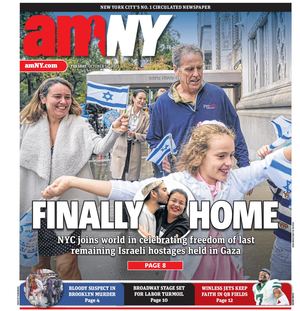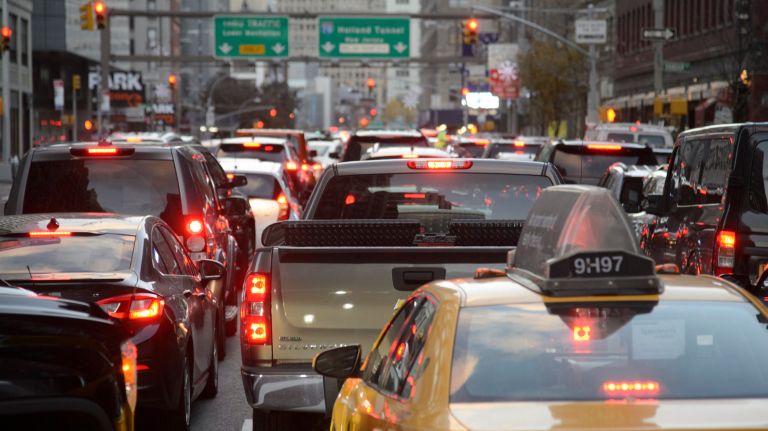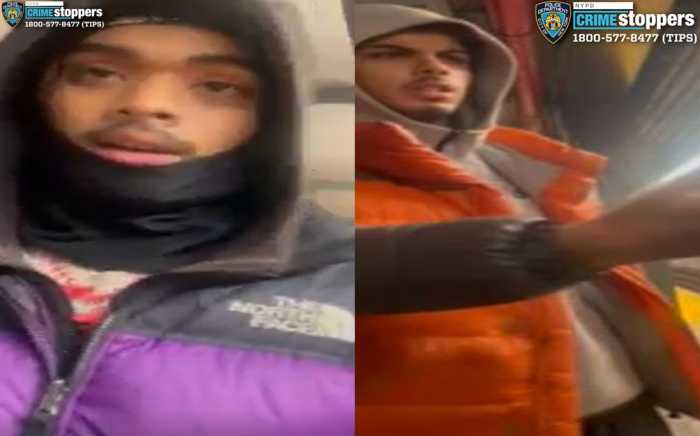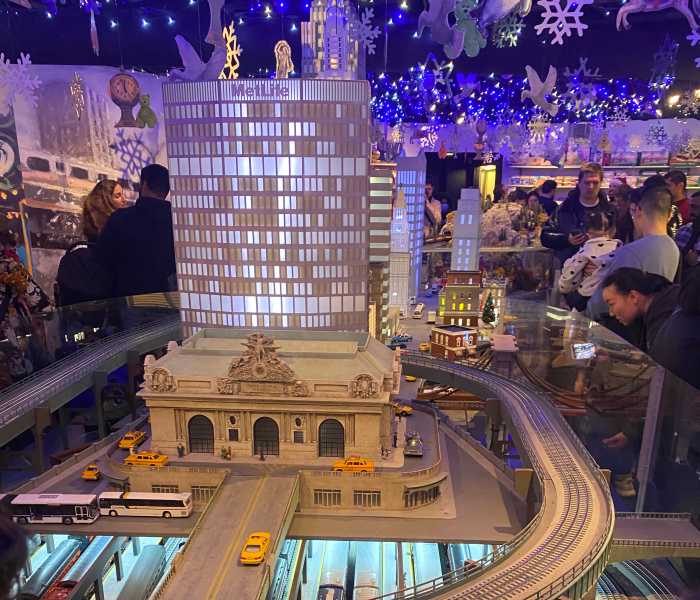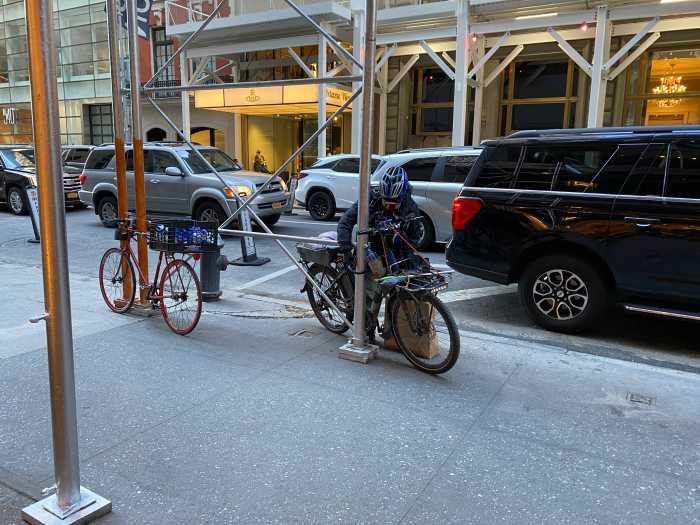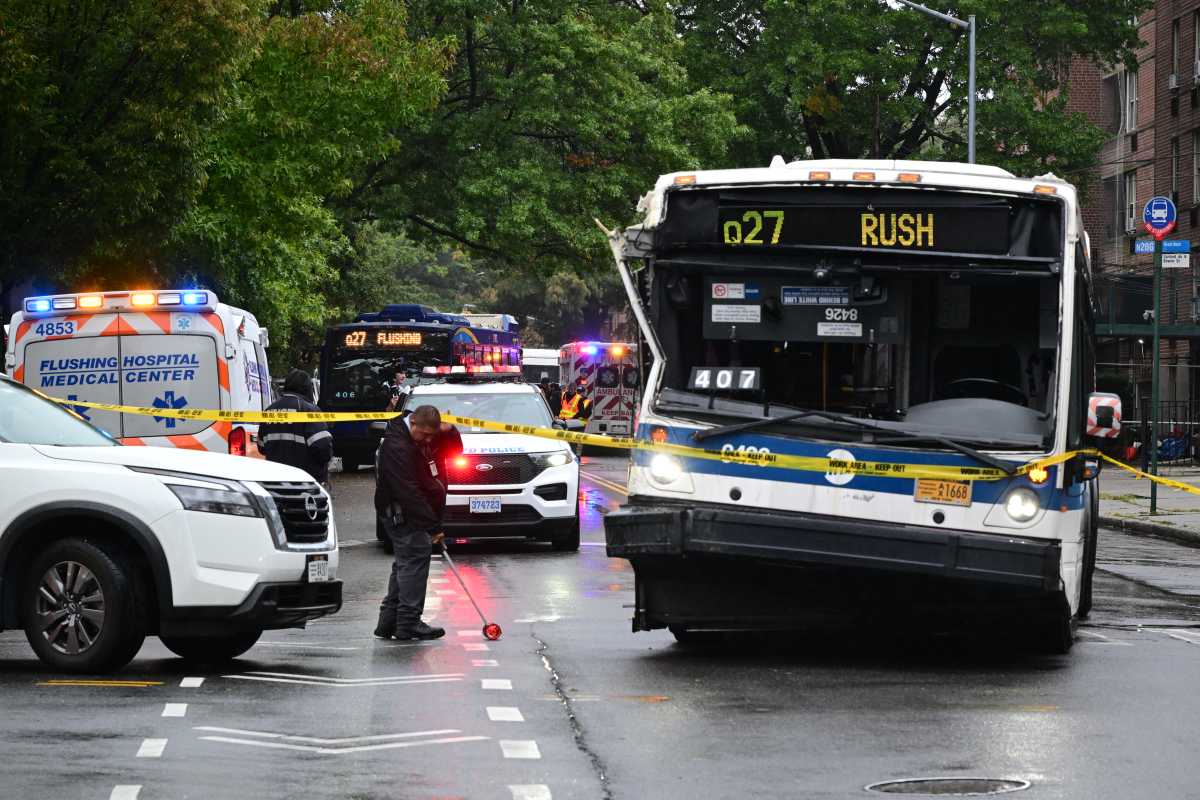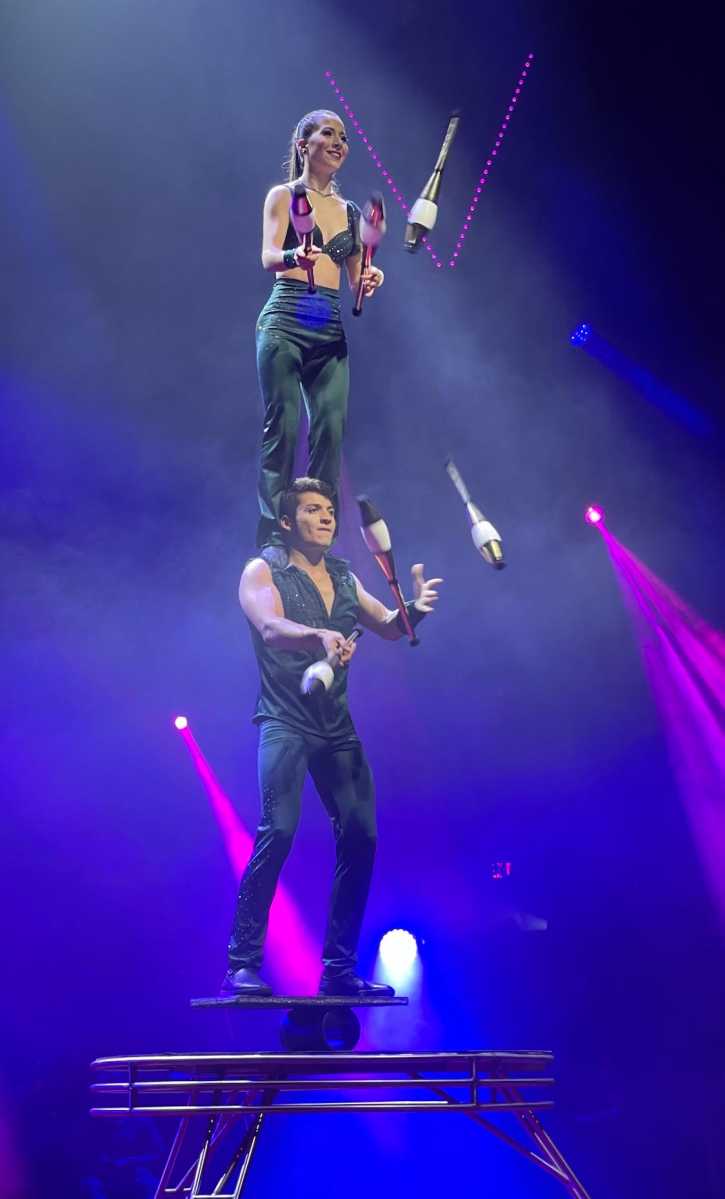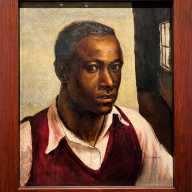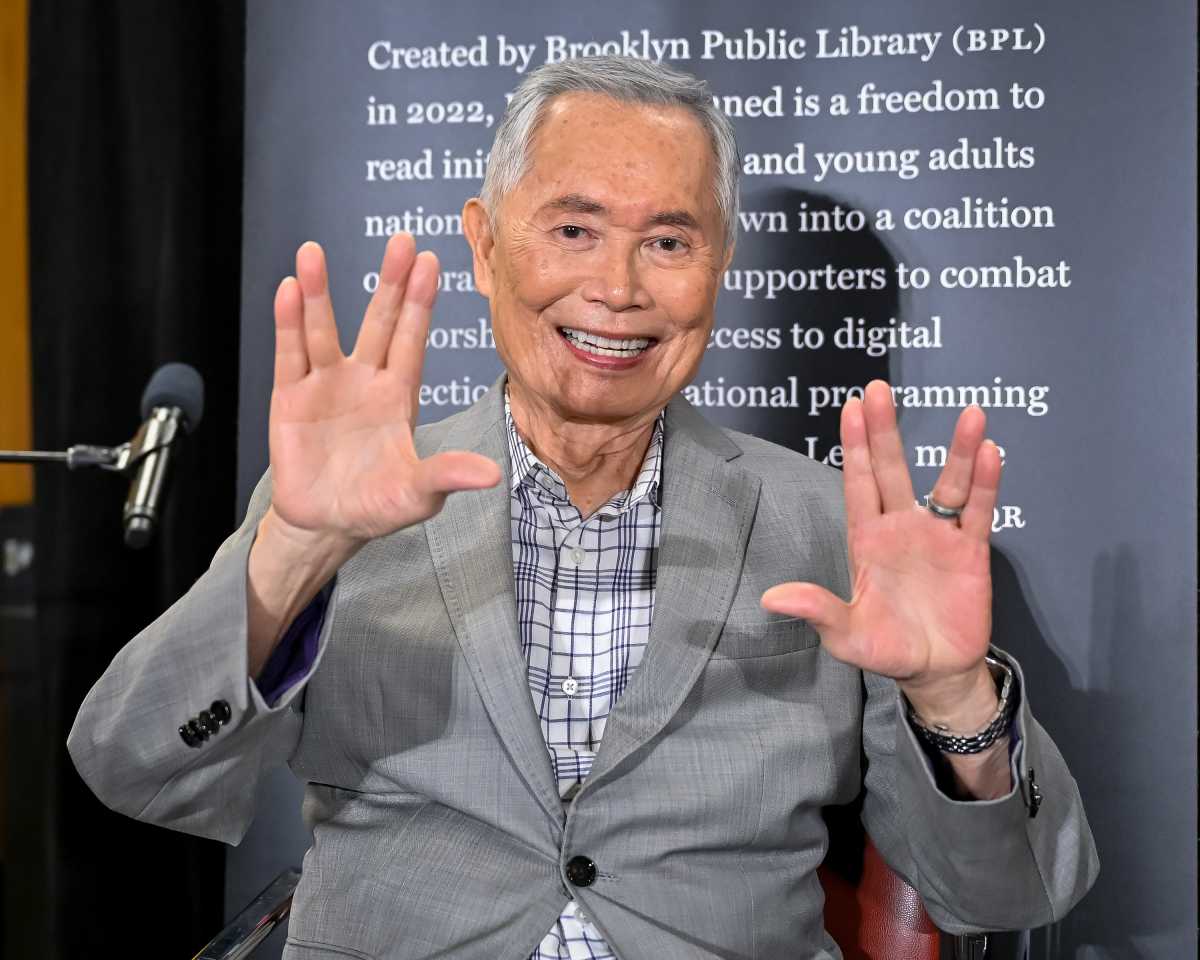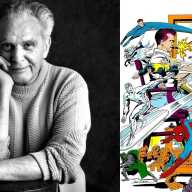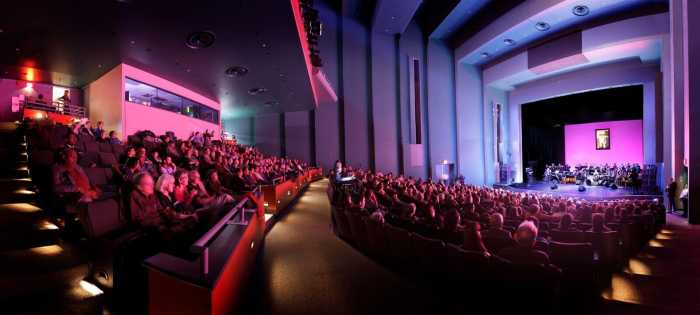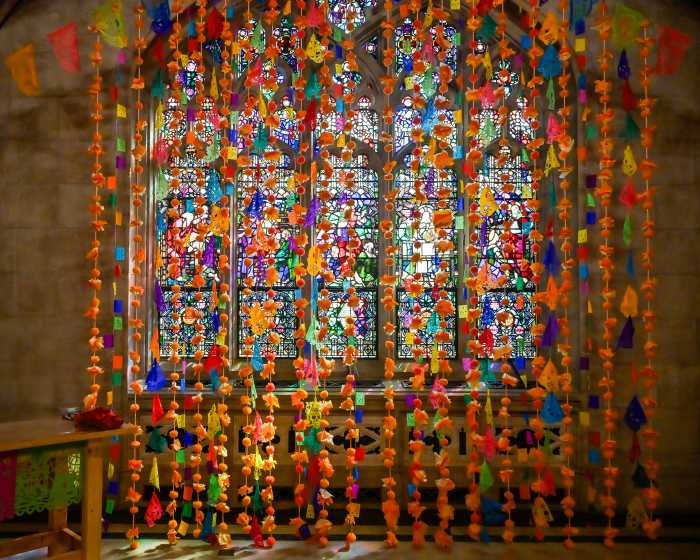
Congestion pricing — maybe there’s an app for that.
The Metropolitan Transportation Authority is exploring ways to implement the newly passed congestion pricing program for Manhattan without installing bulky cashless tolling gantries to scan E-ZPasses or license plates, according to request for ideas that Bridges and Tunnels issued last Thursday.
The authority is looking to “minimize the infrastructure footprint, and leverage current infrastructure, to the greatest extent possible,” in launching the nation’s first congestion pricing program, which must begin by the end of 2020.
Pat Foye, the newly appointed MTA Chairman, said the agency is trying to cast a wide net for ideas from companies around the world and that congestion pricing is a "transformative initiative" that will bring a host of benefits to the MTA and the city. After the governor nominated him to the post last week, Foye said his first call was to Polly Trottenberg, the city’s Transportation Department commissioner.
“Were very focused on minimizing the cost of both operating the system and investing the capital to deploy it,” Foye said during a news conference Monday afternoon at MTA headquarters. “We’ve been working with Polly Trottenberg and her partners at the New York City DOT on exactly that for a long period of time.”
The MTA is tasked with implementing tolls for vehicles passing through Manhattan at 60th Street, as defined in the state’s $175 billion budget passed Sunday. Advocates hailed the policy as an “historic” initiative to help address worsening traffic in Manhattan and vehicle emissions while also providing a critical new revenue source for the MTA.
But the FDR Drive, West Side Highway and Battery Park underpass will be excluded from the toll zone, potentially creating many new access points onto local roads where drivers would have to be charged.
The MTA is already exploring the use of new roadside readers to tap into cars’ Bluetooth systems, as well as the possibility of utilizing drivers’ smartphone GPS systems without the need for any new street infrastructure, among a handful of other options to charge drivers entering the congestion zone, according to the request.
“This is an area of opportunity for coming up with the least intrusive technology that can help keep people moving rather than having, say, a checkpoint,” said Sarah Kaufman, the associate director of the NYU Rudin Center for Transportation. “New York has such a big market that perhaps we can be working with car manufacturers to outfit New York-area cars with technology.”

Cities like London, Stockholm and Singapore use varying methods to toll drivers in their respective congestion zones. London has a less intrusive CCTV system to record license plates of cars — a fairly discreet technology that was installed along with signage and street markings to ensure drivers knew they were entering the tolled zone.
Singapore uses larger gantries with sensors to read license plates or directly charge E-ZPass-like units in cars. Stockholm, too, has installed gantries and cameras, which were placed at all entry points into the tolled zone.
The MTA also is exploring tolling through connected vehicle technology and via global satellite tracking systems, like GM’s Onstar system. Companies looking to offer their options must send their submissions to the Triborough Bridge and Tunnel Authority by the afternoon of April 12, 2019.
Kaufman added that it would be crucial for the MTA to overhaul its “antiquated” procurement process, which typically require companies to be based in America and in existence for a specific number of years, she said.
“That can keep innovative companies from participating in the procurement,” she said.
Residents in the zone making less than $60,000 will be eligible for toll credits. But recommendations on key details of the state’s congestion pricing plan, like toll prices, infrastructure and further exemptions, will come from a newly established Traffic Mobility Review Board. Ultimately, the MTA will have the final say. And Foye said residents moving their vehicles to comply with alternate side parking regulations would also be exempt from the toll.
Congestion pricing was packaged in the budget with a new internet sales tax and a progressive mansion tax to create $25 billion in revenue through bonding for the MTA. That new money would go toward capital projects in the authority’s next five-year capital plan, which is expected to be unveiled in October and has been ballparked to cost around $60 billion. Foye also expects the Trump administration to sustain the federal government’s contributions to the MTA capital plan at about $7 billion.
"To be at the $32 billion level is frankly an extraordinary achievement," he said.
